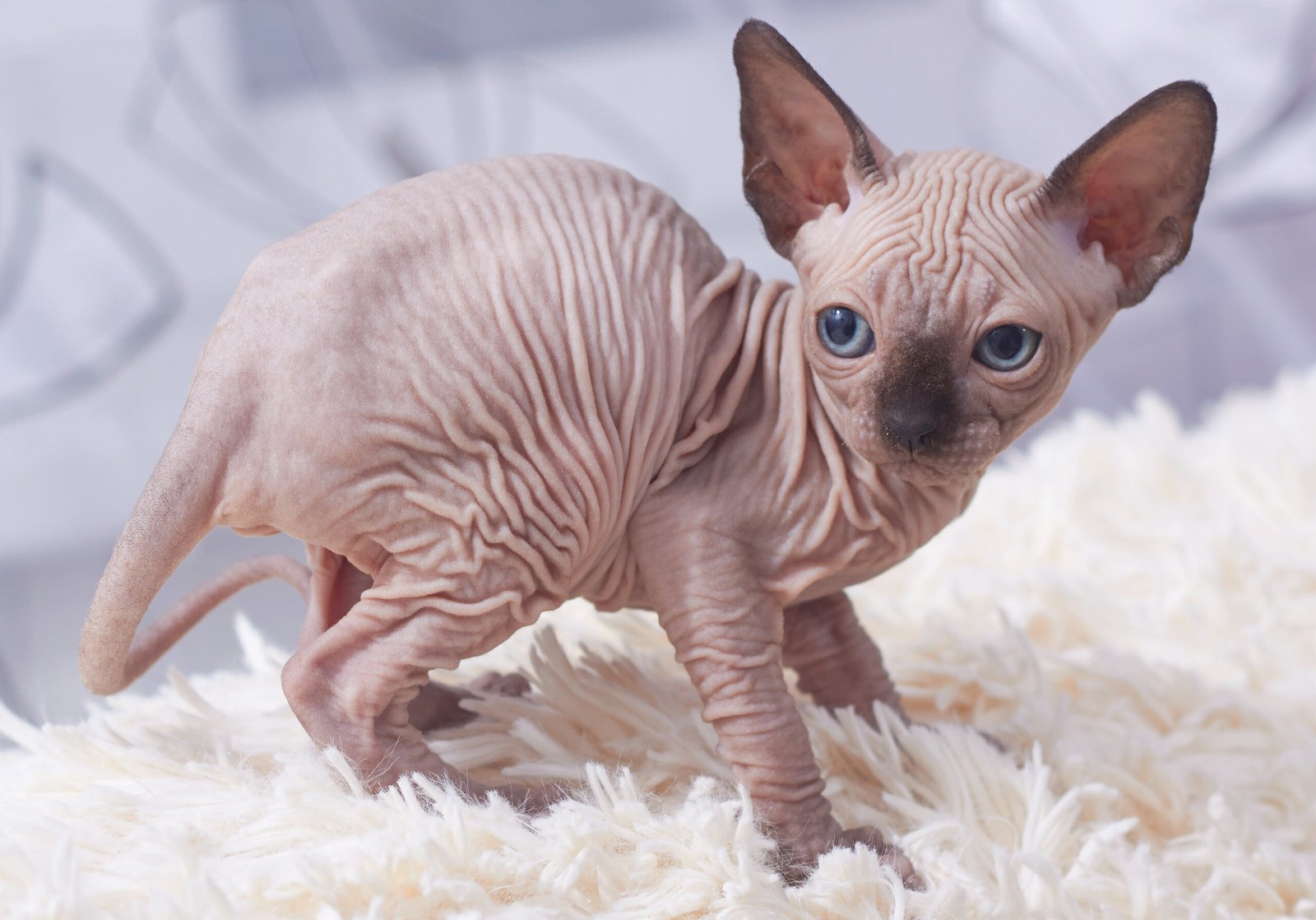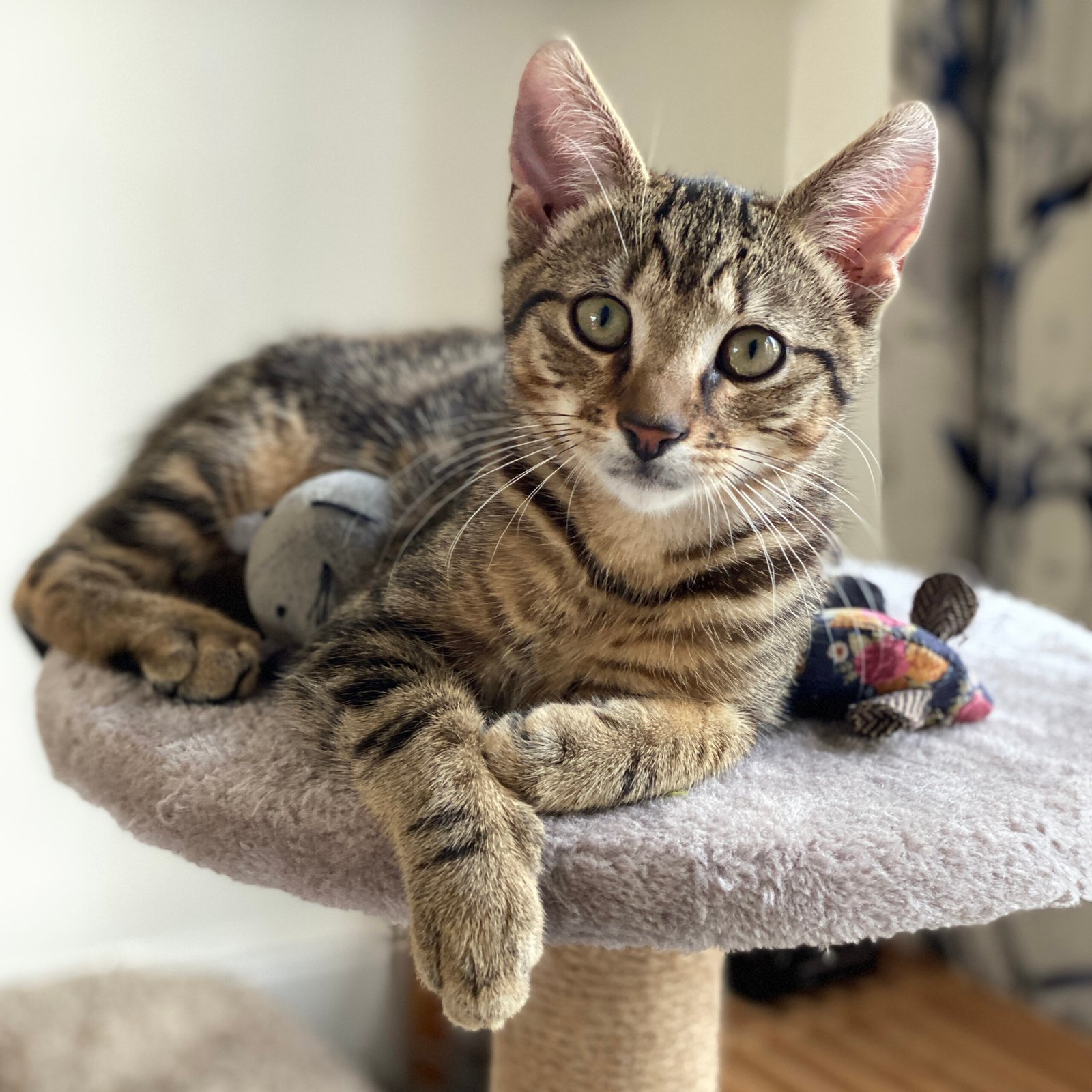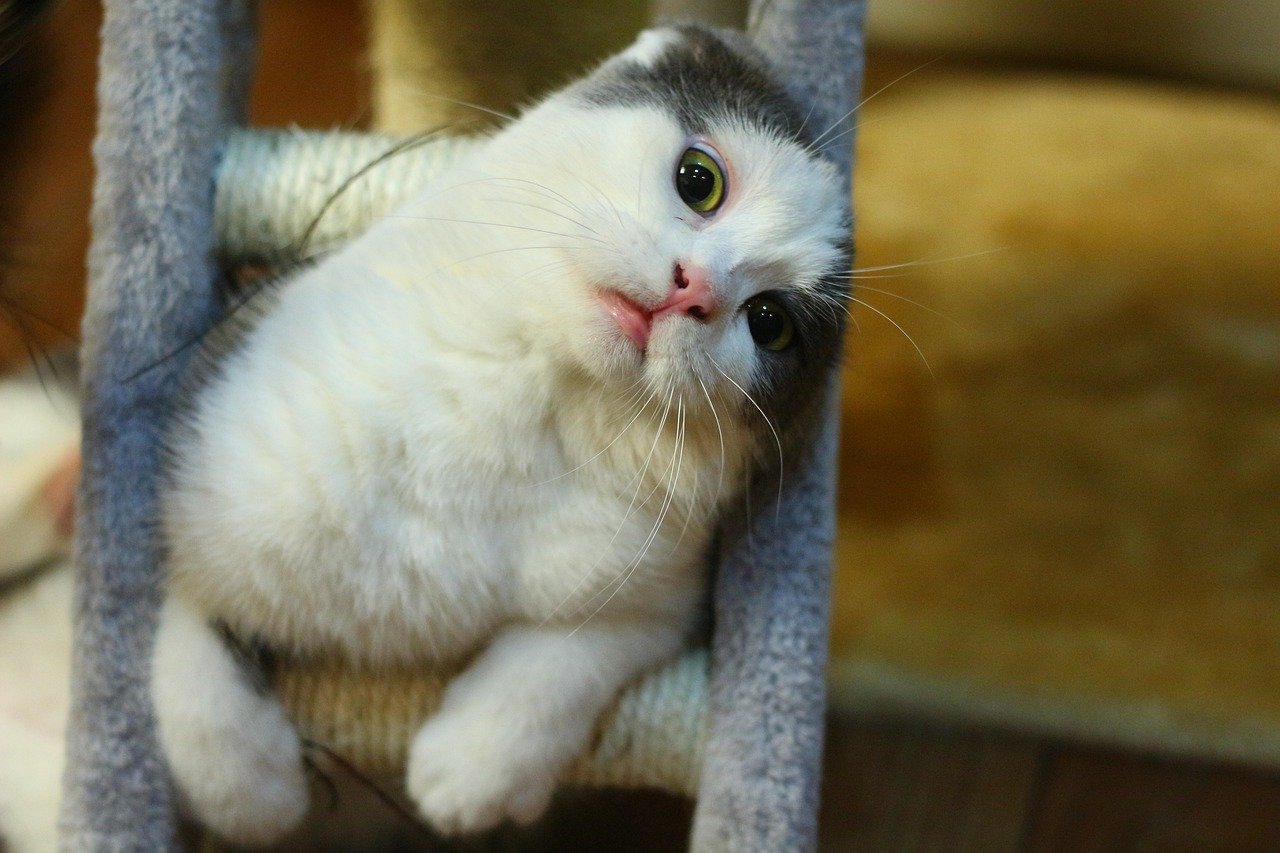Have you ever caught your indoor cat staring longingly out the window, tail twitching, eyes glued to the fluttering wings of a bird? It’s a heart-tugging sight that reminds us: even inside our safe, cozy homes, our feline friends crave adventure, challenge, and excitement. Cats aren’t just furry ornaments—they’re intelligent, playful creatures with wild instincts still burning deep inside. Without enough mental stimulation, boredom can quickly lead to mischief, stress, or even sadness. If you love your cat like family, you want them to feel alive, curious, and truly happy. Let’s explore how to turn your home into a playground for your cat’s mind and spirit.
Understanding the Importance of Mental Stimulation
Indoor cats may live safer, longer lives, but without the excitement of outdoor exploration, they can easily become bored, restless, or even depressed. Mental stimulation is just as essential to their well-being as food and shelter — and it plays a big role in preventing behavioral problems. Fortunately, keeping your cat’s mind active doesn’t require a backyard or complicated equipment. With the right mix of toys, activities, and engagement, you can turn your home into a feline-friendly playground.
Many people underestimate just how smart and emotionally complex cats are. While they might seem content lounging on the windowsill, cats need more than food, water, and a cozy bed to thrive. In their natural environment, cats spend hours hunting, exploring, and solving problems. These activities challenge their brains and keep them sharp. When cats are kept indoors without enough stimulation, they can develop behavioral issues like scratching furniture, over-grooming, or even depression. Mental stimulation helps prevent these problems, keeping your cat happier and healthier. Just like humans, cats need variety and novelty in their daily lives. Providing opportunities for your indoor cat to think, play, and explore is not just kind—it’s essential.
Interactive Toys: More Than Just Fun
Interactive toys are a game-changer for indoor cats. Think of them as brain teasers for your furry friend. Wand toys, laser pointers, and battery-powered mice can trigger your cat’s hunting instincts, turning a lazy afternoon into an exciting chase. Puzzle feeders challenge your cat to “work” for their food, keeping their mind engaged and their body active. Rotate toys regularly so your cat doesn’t get bored—what’s thrilling today might become dull tomorrow. Try hiding toys in different spots around your home or using toys that make unpredictable movements. Watching your cat pounce, chase, and solve puzzles isn’t just hilarious—it’s proof that you’re helping them stay sharp and satisfied.
Window Watching: The Ultimate Cat TV
If you want to see pure feline joy, set up a comfy perch by a sunny window. The world outside is like high-definition television for cats: birds flitting through trees, squirrels racing along power lines, and the ever-changing dance of light and shadow. Add a bird feeder or a squirrel feeder outside the window for extra entertainment. Some cat owners even install “catios”—enclosed balconies or patios—so cats can safely experience the outdoors. If that’s not possible, just opening the window (with a secure screen!) to let in fresh air and scents can spark your cat’s curiosity. Window watching is more than a pastime—it’s a daily dose of wonder for your indoor cat.
Training and Tricks: Yes, Cats Can Learn Too!

Who says dogs get to have all the fun with tricks? Cats are clever and can learn commands or tricks with patience and treats. Training sessions are a fantastic way to bond with your cat and challenge their mind. Start simple: teach your cat to “sit,” “high five,” or come when called. Use clickers and tasty treats as rewards. Some cats even enjoy learning to jump through hoops or walk on a leash! Training isn’t about making your cat perform—it’s about tapping into their intelligence and curiosity, giving them a sense of achievement, and building a stronger connection between you and your feline friend.
Hide and Seek: Enriching Your Cat’s Environment
Cats love to explore, and a predictable environment can become boring fast. Spice things up by hiding treats or toys around your home. Encourage your cat to hunt for them by using their nose and paws. Cardboard boxes, paper bags (without handles), and tunnels are simple but magical to cats, offering endless possibilities for hiding and play. Rearranging furniture or adding new scratching posts can also give your cat a fresh territory to investigate. The thrill of the hunt and the joy of discovery will keep your kitty’s mind buzzing and body moving.
Cat Trees and Vertical Spaces: Up, Up, and Away!
In the wild, cats climb trees to survey their territory and escape danger. Indoors, vertical spaces satisfy this instinct. Cat trees, shelves, and window hammocks aren’t just fancy furniture—they’re essential for a cat’s well-being. Climbing and jumping boost your cat’s confidence and provide vital exercise. High perches give cats a sense of security and control, especially in multi-pet households. Try moving cat trees near windows or in different rooms to keep things interesting. Even a simple bookshelf can become a jungle gym with a bit of creativity. Giving your cat the chance to go vertical is like expanding their world without adding square footage.
Social Play: The Power of Human Connection
Never underestimate how much your cat values time with you. Social play is a powerful way to boost your cat’s mood and stimulate their mind. Set aside a few minutes each day for interactive play—chase a feather wand, toss a crumpled ball, or just snuggle on the couch. Talk to your cat, make eye contact, and let them know they’re loved. Some cats enjoy gentle grooming sessions, while others like a good belly rub. The key is to find what your cat enjoys most. Playtime isn’t just about burning energy—it’s about building trust, deepening your bond, and making your cat feel truly at home.
DIY Cat Enrichment Ideas

You don’t have to spend a fortune to make your cat happy. Homemade enrichment ideas can be just as effective as store-bought toys. Try rolling up a ball of aluminum foil for your cat to chase, or poke holes in a shoebox and hide treats inside for a homemade puzzle. Create a “cat fort” with blankets and chairs, or fill an empty toilet paper roll with kibble for a simple treat dispenser. Switch things up often—cats love variety! Even something as simple as a new cardboard box can spark hours of exploration and play. Get creative and watch your cat’s personality shine.
Routine and Variety: Finding the Right Balance

Cats are creatures of habit, but too much routine can lead to boredom. The secret is to mix predictable comforts with unexpected surprises. Set regular times for play and feeding, but add new toys, rearrange furniture, or introduce new scents (like catnip or silver vine) to keep things interesting. Rotate toys and enrichment activities every few days. Watch your cat’s reactions—some love novelty, while others prefer familiar favorites. Finding the right balance helps your cat feel secure yet excited, giving them something to look forward to every single day.
Recognizing Signs of Boredom or Stress
It’s important to tune in to your cat’s moods and behaviors. Signs of boredom include excessive sleeping, overeating, or destructive behavior like scratching furniture or knocking things over. Some cats might over-groom or act withdrawn when they’re stressed. If you notice these signs, it’s time to up your enrichment game. Pay attention to what activities your cat enjoys and what seems to bore them. Every cat is different—what works for one might not work for another. Staying attentive to your cat’s needs is the key to keeping them mentally stimulated and emotionally happy.
A mentally stimulated cat is a happier, healthier cat — and keeping your indoor feline engaged doesn’t have to be complicated. From interactive toys and puzzle feeders to daily playtime and enriching environments, even small changes can make a big impact on your cat’s quality of life. By tuning into your cat’s unique personality and needs, you can create a routine that keeps them curious, active, and emotionally balanced. After all, a stimulated cat isn’t just entertained — they’re more confident, content, and deeply connected to their human companion.

Linnea is a born and bred Swede but spends as much time as possible in Cape Town, South Africa. This is mainly due to Cape Town’s extraordinary scenery, wildlife, and atmosphere (in other words, because Cape Town is heaven on earth.) That being said, Sweden’s majestic forests forever hold a special place in her heart. Linnea spends as much time as she can close to the ocean collecting sea shells or in the park admiring puppies.





